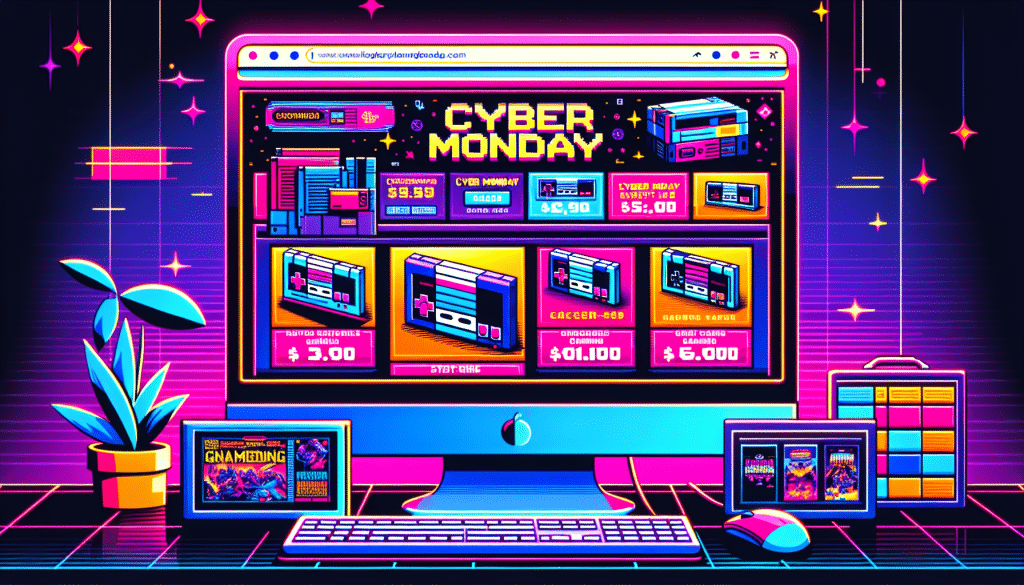Understanding Multichannel Advertising Campaigns: Definition and Importance
Ever heard of multichannel advertising campaigns and wondered what they’re all about? Well, you’ve come to the right place!
Let’s start by breaking it down. Multichannel advertising campaigns are essentially marketing strategies that use a combination of various platforms, such as print, social media, email and even physical stores, to interact with customers. Sounds pretty neat, right? But there’s more to it than meets the eye.
Definition of Multichannel Advertising CampaignsSimply put, a multichannel advertising campaign is a marketing strategy that simultaneously exploits multiple channels to deliver a consistent and unified message about a brand or product to the target audience. This approach ensures that potential customers receive the same message across all channels, thereby strengthening the brand’s image and message.
Imagine watching a TV commercial about a brand, then seeing a similar ad on your Facebook feed, and later receiving an email with the same content. That’s multichannel advertising in action!
Why are Multichannel Advertising Campaigns Important?- Reaching a Broader Audience: By using multiple channels, you have the potential to reach a much larger audience. Different people have their own preferred platforms, and multichannel advertising helps ensure that you’re not missing out on any potential customers.
- Consistent Messaging: Consistent branding and messaging across all platforms helps to reinforce your brand image and increase recognition. It’s like repeatedly telling a story – the more times people hear it, the more likely they are to remember it.
- Customer Engagement: Multichannel advertising campaigns offer multiple touchpoints for customer engagement. This can lead to improved customer experience and stronger customer relationships, which ultimately translates to more conversions and higher profitability.
With the ongoing digital transformation, customers today interact with brands through a variety of channels. As such, multichannel advertising campaigns are no longer just nice-to-have, but a must-have in today’s marketing landscape.
However, executing a successful multichannel advertising campaign isn’t a walk in the park— it’s complex and requires thorough planning and coordination. But don’t fret, as we’ll delve into the key elements for executing effective multichannel advertising campaigns in the next section. Stay tuned!
Key Elements for Effective Multichannel Advertising Campaigns
Who doesn’t love a well-coordinated, harmonious symphony? Just as every instrument in an orchestra plays a pivotal role in creating a beautiful melody, every channel in a multichannel advertising campaign contributes to a brand’s success. Let’s delve into the essential elements that make these campaigns an absolute hit!
1. Understanding Your Audience
First and foremost, your campaign should revolve around your audience. Recognizing their preferences, habits, and needs is vital. It’s not just about being present on all platforms; it’s about being on the right ones, the ones your audience frequents. Hence, identify your buyer personas, study their behaviour, and tailor your campaign accordingly.2. Consistency is Key
Just imagine, you’re watching a captivating movie, and suddenly, the characters start behaving erratically, not in line with the plot. Confusing, isn’t it? Similarly, maintaining consistency across all platforms is crucial in multichannel advertising campaigns. Your messaging, tone, and visuals should align with your brand’s identity and resonate with your audience.3. Seamless Integration
The next key element is ensuring seamless integration across all channels. Each platform should complement and support others, creating a loop that guides your customers along their buying journey. Whether it’s transitioning from an email campaign to your website or social media to your physical store, the experience should be smooth and effortless.4. Engaging and Responsive Content
No one likes a dull, one-sided conversation, right? The same applies to your advertising content. It should be engaging, inviting your audience to interact, react, and participate. Plus, it should be responsive, adapting to the platform it’s displayed on for optimal viewing.5. Regular Analysis and Optimization
Last but not least, regular analysis and optimization of your campaign’s performance is a must. Utilize analytics tools to gauge what’s working, what’s not, and tweak your approach accordingly. Remember, it’s not a ‘set it and forget it’ process; it’s a continual journey of improvement! So, there you have it! These five elements form the foundation of a successful multichannel advertising campaign. But remember, just like a symphony, it’s not about playing the loudest or the fastest; it’s about playing in harmony, creating a melody that leaves an imprint. Happy campaigning!Strategies for Coordinating Cohesive Brand Messaging Across Platforms
Creating a unified brand message across various advertising channels can feel like a daunting task. However, when done correctly, it can greatly enhance your brand’s image and increase customer engagement. Let’s dive in to learn some effective strategies that can help you achieve a seamless and impactful multichannel advertising campaign.
Define Your Brand Voice
The starting point of any brand messaging strategy is defining your brand voice. This refers to the distinct personality your brand adopts in its communications. It’s your brand’s ‘tone of speech’ and it should be consistent across all platforms. Whether you’re posting on social media, creating a blog post, or sending out an email campaign, your brand voice should be immediately recognizable to your audience.
Develop Integrated Marketing Communications (IMC)
Next up, the concept of Integrated Marketing Communications (IMC) comes into play. This involves integrating all your promotional tools, so they work together in harmony. Think of it as a well-rehearsed orchestra, where each instrument (or in this case, advertising channel) plays its part to create a beautiful symphony (your cohesive brand message). Regardless of the channel being used, the core message should remain consistent.
Optimize Content for Each Platform
While it’s crucial to keep your brand message consistent, it’s equally important to tailor your content to suit each platform. Each advertising channel has its own set of unique characteristics and user behaviors, and these should guide your content creation process. A post that does well on Facebook might not necessarily have the same result on LinkedIn. Therefore, you should optimize your content to match the platform and its audience’s preferences.
Use Visual Branding Consistently
- Logo: Your logo should be consistently placed in all your advertisements, irrespective of the platform.
- Color Scheme: Brands are often recognized by their color schemes. Ensure that you use the same colors across all advertisements for easy recognition.
- Fonts: Keep your fonts consistent to maintain uniformity in your brand’s visual appearance.
Encourage Cross-Platform Engagement
Another effective way to ensure brand message consistency is by encouraging your audience to engage with you on multiple platforms. This can be achieved by promoting your presence on different channels. For instance, you could use your email campaigns to drive followers to your Instagram account, or use YouTube to direct viewers to your website.
Remember, the key to successful multichannel advertising is a cohesive and consistent brand message. By keeping your brand voice, IMC, content optimization, visual branding, and cross-platform engagement in line, you can create a seamless brand experience that resonates with your audience, no matter where they find you.
Case Studies: Successful Multichannel Advertising Campaigns
When it comes to mastering multichannel advertising, there’s no better way to learn than by analyzing successful campaigns. Let’s delve into some stellar examples of brands that have nailed their multichannel advertising strategies.
1. Coca-Cola’s ‘Share a Coke’ Campaign
Coca-Cola’s ‘Share a Coke’ campaign is a classic example of how to effectively use multichannel advertising. This globally recognized campaign featured bottles with names printed on them, encouraging consumers to ‘share a coke’ with someone they know.
The campaign was executed on multiple platforms including TV, print, digital, and social media. Coca-Cola also launched an interactive website where customers could personalize virtual bottles and share them online. The result? A 2% increase in U.S. sales after a decade of declining revenues.
2. Dove’s ‘Real Beauty’ Campaign
The ‘Real Beauty’ campaign by Dove is another excellent case study in multichannel advertising. The campaign aimed to redefine beauty standards by featuring women of all shapes, sizes, and ethnicities in their ads.
The campaign was launched across various channels like TV, print, billboards, and digital platforms. Dove also created a series of short films highlighting the campaign’s message, which were shared widely on social media. The campaign successfully increased Dove’s sales, while also sparking a global conversation about beauty standards.
3. Airbnb’s ‘Live There’ Campaign
Airbnb’s ‘Live There’ campaign is a testament to the power of multichannel advertising. The campaign encouraged travellers to ‘live’ in their destination city, rather than just visit it, by booking local homes instead of hotels.
Airbnb rolled out this campaign on numerous channels including TV, digital, social media, and even experiential events. They also collaborated with influencers to share their own ‘Live There’ experiences which greatly boosted the campaign’s reach. As a result, Airbnb saw a significant boost in bookings and brand awareness.
These case studies demonstrate the incredible power of multichannel advertising. When executed correctly, it has the potential to dramatically increase your brand’s visibility, reach, and ultimately, sales.












